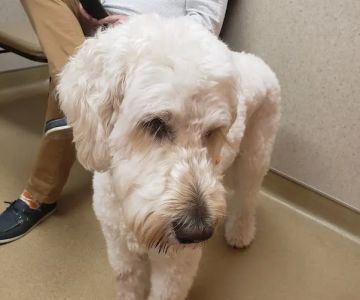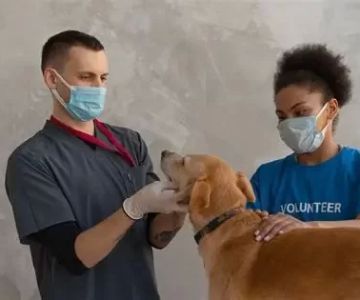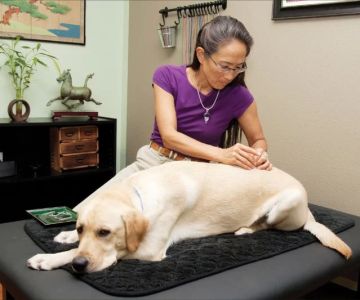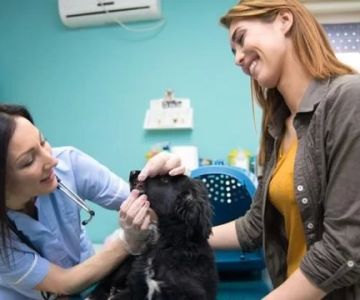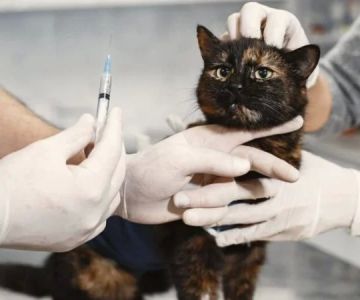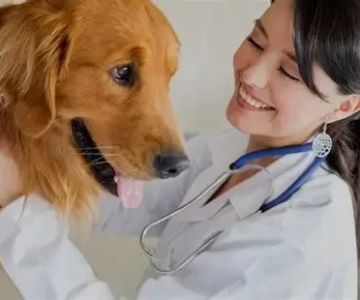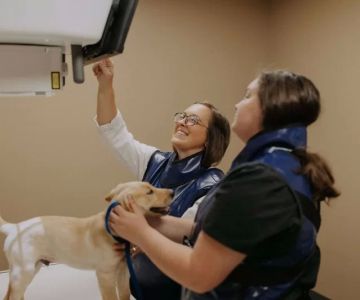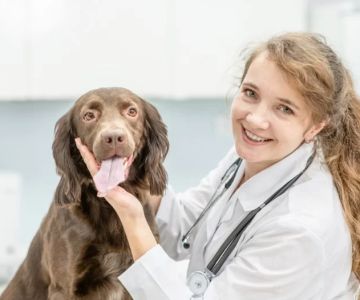What Are the Responsibilities of a Veterinarian?
- What Do Veterinarians Do?
- Diagnosing and Treating Animals
- Providing Preventive Care
- Performing Surgeries and Medical Procedures
- Educating Pet Owners and Clients
- Handling Emergency Situations
- Administrative and Business Management
- Personal Experience: A Day in the Life of a Veterinarian
- Final Thoughts: The Importance of Veterinary Responsibility
1. What Do Veterinarians Do?
Veterinarians are highly skilled professionals who play a crucial role in the health and well-being of animals. While many people associate veterinarians with taking care of pets like dogs and cats, their responsibilities extend far beyond that. Vets also work with livestock, wildlife, and exotic animals, diagnosing and treating a wide variety of health conditions. But what are the responsibilities of a veterinarian, exactly? The answer is multifaceted and includes many roles that are essential to both animal health and the broader ecosystem.
Veterinarians are responsible for diagnosing, treating, and preventing diseases and injuries in animals. They conduct medical exams, administer vaccines, provide health check-ups, perform surgeries, and offer advice to pet owners on the best care practices for their animals. In addition to animal care, veterinarians often work in research, teaching, and advocacy, working to improve animal welfare and public health.
2. Diagnosing and Treating Animals
One of the most critical responsibilities of a veterinarian is diagnosing and treating animal diseases and injuries. Whether it’s a minor illness, a severe injury, or a complex medical condition, veterinarians must accurately diagnose the problem and develop an effective treatment plan. This requires a strong understanding of animal anatomy, physiology, and behavior.
For example, when a pet is brought in for lethargy or vomiting, the vet will first conduct a physical examination, followed by diagnostic tests such as blood work, x-rays, or ultrasounds. Based on the findings, they will determine the best course of action—whether it’s administering medication, providing surgery, or recommending further treatments. Vets use their expertise to manage everything from routine infections to complex conditions like cancer or heart disease.

3405 Hancock Bridge Pkwy, North Fort Myers, FL 33903, USA
See Details3. Providing Preventive Care
Preventive care is one of the most important aspects of veterinary medicine. A large part of a veterinarian's job is to help animals stay healthy and avoid illness before it occurs. This involves routine check-ups, vaccinations, and parasite prevention, all of which contribute to an animal’s overall well-being.
For example, veterinarians regularly recommend vaccinations for pets to protect them against common diseases like rabies, distemper, and parvovirus. They also provide recommendations on proper nutrition, dental care, and exercise routines. In addition, preventive care extends to spaying and neutering, which helps control the pet population and prevent certain health issues.
4. Performing Surgeries and Medical Procedures
Veterinarians also perform a variety of surgeries and medical procedures to treat animals. Whether it’s a routine spay or neuter procedure or a more complex surgery such as a tumor removal or orthopedic surgery, veterinarians need to be skilled in surgical techniques and post-operative care.
For example, a veterinarian might perform an emergency surgery on a dog that has swallowed a foreign object. After diagnosing the issue through imaging and physical exams, they would prepare the animal for surgery, remove the object, and monitor the animal’s recovery. The ability to perform surgeries is essential for veterinarians, and it requires both technical expertise and the ability to handle high-pressure situations.
5. Educating Pet Owners and Clients
One of the lesser-discussed, but equally important responsibilities of a veterinarian, is educating pet owners and clients. Vets must effectively communicate medical information and advice to pet owners, ensuring that they understand their pet's health conditions and treatment plans. This could involve explaining medication dosages, advising on behavior management, or providing detailed instructions for post-surgery care.
For example, a veterinarian might work with a pet owner whose dog is diabetic. They would educate the owner on how to manage their pet’s blood sugar, monitor their diet, and administer insulin injections. The vet’s ability to communicate complex medical concepts in a clear and compassionate manner is crucial for successful patient care and owner compliance.
6. Handling Emergency Situations
Veterinarians often have to deal with emergency situations that require quick thinking and decisive action. Whether it’s a car accident, poisoning, or a pet in critical condition, being able to perform under pressure is one of the core responsibilities of a veterinarian. Emergency care typically involves stabilizing the animal, performing immediate medical procedures, and deciding on the next steps for treatment or surgery.
In my own experience, I have witnessed how quickly a veterinarian can adapt to an emergency. I once saw a veterinarian perform life-saving CPR on a dog that had collapsed in the clinic. It was an intense moment, but the vet’s calm demeanor and expertise made all the difference in saving the animal’s life.
7. Administrative and Business Management
Beyond animal care, veterinarians often have administrative and business management responsibilities, especially those who run their own clinics. This includes managing finances, overseeing staff, and ensuring compliance with regulations. Vets may need to handle budgeting, accounting, payroll, and scheduling, as well as manage inventory of medical supplies and medications.
In many cases, veterinarians also have to manage relationships with pharmaceutical companies, pet supply stores, and insurance providers. Their role goes beyond the clinical and involves ensuring the smooth operation of their practice while delivering quality service to clients and their pets.
8. A Personal Experience: A Day in the Life of a Veterinarian
As a veterinary student, I had the opportunity to shadow a practicing veterinarian. One of my most memorable experiences was spending the day with Dr. Martin, who was dealing with a particularly busy schedule. I witnessed him perform routine check-ups, conduct a surgery to remove a foreign object from a dog’s stomach, and even provide emotional support to a pet owner who was anxious about their cat’s health.
This experience highlighted the emotional and physical demands of being a veterinarian. Dr. Martin wasn’t just treating animals; he was providing comfort and guidance to the pet owners as well. It was clear to me that being a veterinarian isn’t just about medical expertise—it’s about compassion, dedication, and the ability to juggle multiple responsibilities at once.
9. Final Thoughts: The Importance of Veterinary Responsibility
In conclusion, the responsibilities of a veterinarian are vast and diverse. From diagnosing and treating animals to performing surgeries, educating clients, and managing a practice, veterinarians must balance a wide range of tasks. It’s a profession that requires not only medical knowledge and technical skills but also empathy and business acumen.
For those considering a career in veterinary medicine, it’s essential to understand the range of responsibilities that come with the role. If you’re ready to take on these challenges and dedicate yourself to the well-being of animals, becoming a veterinarian can be an incredibly rewarding career.

